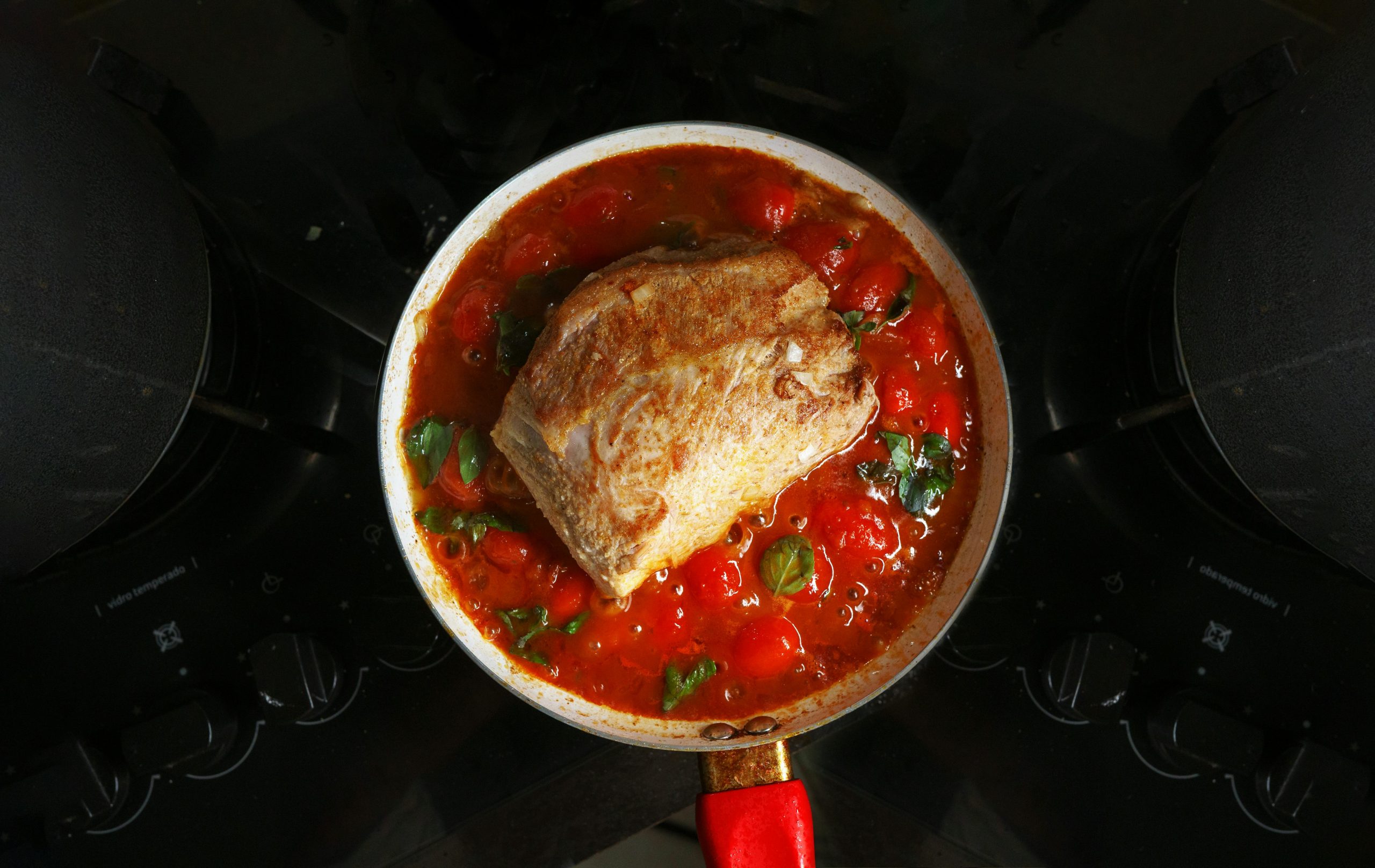Braising Didn’t Enhance the Flavor
I’ve been experimenting with braising meat dishes, particularly Chinese recipes, but I’ve noticed that the meat often lacks flavor. To salvage it, I find myself removing the meat, adding flour to the braising liquid, and reducing it into a thick sauce to mask its blandness. Recently, I tried a couple of recipes:
EASY BRAISED PORK BELLY RECIPE
(I substituted pork belly with pork chops, used ground star anise instead of whole, replaced rock sugar with brown sugar, and doubled the light soy sauce while omitting the dark.)
EASY CANTONESE SOY SAUCE CHICKEN RECIPE
(I doubled the light soy sauce and skipped the dark variety, and I braised it in a Dutch oven instead of a rice cooker.)
While I realize these substitutions may alter the flavor, I’m still puzzled as to why the meat consistently turns out bland and tasteless.

Leave a Reply
You must be logged in to post a comment.